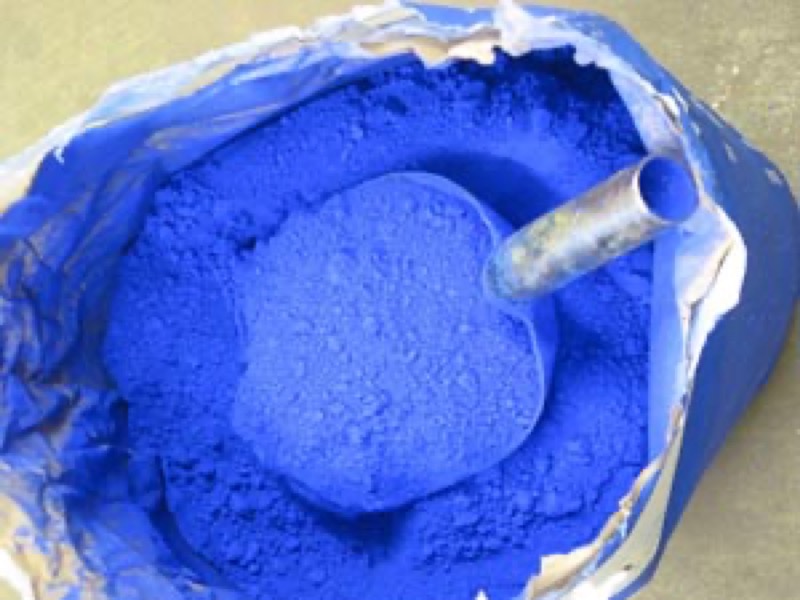Brilliant, creamy, natural… oil paints enchant every budding artist. Invented at the dawn of the Renaissance, it has crossed the centuries without picking up a single wrinkle. Set sail on a trip through time!
- Home
- Expert advice
- Oils: Manufacturing secret
1. Doubts about its paternity
The ancestor of oil paint is tempera: an emulsion paint with an egg white and yolk binding agent used during the Middle Ages. Back then, oils were mainly used as a varnish.
To whom do we owe the invention of oil paints? For a long time, it was attributed to the Van Eyck brothers. Nevertheless, it seems that, by the end of the Fourteenth Century, many artists before them had attempted to mix pigments with oil, but in private.
One thing is certain: even if they did not invent oil paint, they perfected it. Their idea: add linseed and walnut oils, along with colored turpentine, until they had water resistant paint with multiple technical options. This is why, in the history of art, Jan Van Eyck (1390-1441), the younger of the two brothers, is presented as the first grand master of painting with oil colors.

2. The old way of producing oil paint
The Van Eyck brothers' the process for making oils was quickly adopted by the painters of the period. And for centuries, artists prepared their own oil colors using their method. How did they do it? Here's their manufacturing secret!
- - Place the color pigments in a little heap on a perfectly smooth counter top (a slab of marble). Form a crater.
- - Pour the binding agent (linseed or walnut oil) in the hole until it's full.
- - Grind the pigments with a glass pigment mortar, using continuous circular motions, until a homogeneous consistency is achieved.
Your color is ready!
In the Nineteenth Century, manufacturers took over oil paint production. Nowadays, all professional and amateur painters need to do is dig around in the huge color selection produced by manufacturers.
Did You Know? Alkyd paint
Introduced on the market in the early Twentieth Century, alkyd paints look the same as oil paints. What's the difference? They dry faster. Why: the binding agent used is a drying resin rather than an oil. Those paints can be diluted in water or mixed with oil paint.
Explore more tutorials on this technique
Oil painting
Learn how to paint a parasol pine at sunset
Oil painting
Making Watercolor Paint, Oil Paint, and Gouache
Oil painting
Drawing: Secrets of perspective
Oil painting
Color Basics
Oil painting
Paint and Draw Outdoors
Oil painting
Oil portrait for A. Karin / Part 2
Oil painting
Oil portrait for A. Karin / Part 1
Oil painting
A street in the Mediterranean - oil painting
Oil painting
Oil: Doing collages
Oil painting
Oil: Touching up
Oil painting
Oil: Working with different textures
Oil painting
Oil: Painting with a pad
Oil painting
Oil: Sgraffito or how to carve oil paints
Oil painting
Oil: Finger painting
Oil painting
Oil: Preparing a support
Oil painting
Oil: Glaze painting
Oil painting
Oil: Creating impastos
Oil painting
Oil: Still life, coffee mug
Oil painting
Oil: Palette knife seascape
Oil painting
Oil: Cleaning and maintaining your materials
Oil painting
Choosing oil painting accessories
Oil painting
Preparing your material for painting with oils
Oil painting
Choosing colours for oil painting
Oil painting
Selecting a support for painting with oils
Oil painting
Basic concepts for painting with oils
Oil painting
Oil painting: preparing colors
Oil painting
6 steps to learn how to do oil painting
